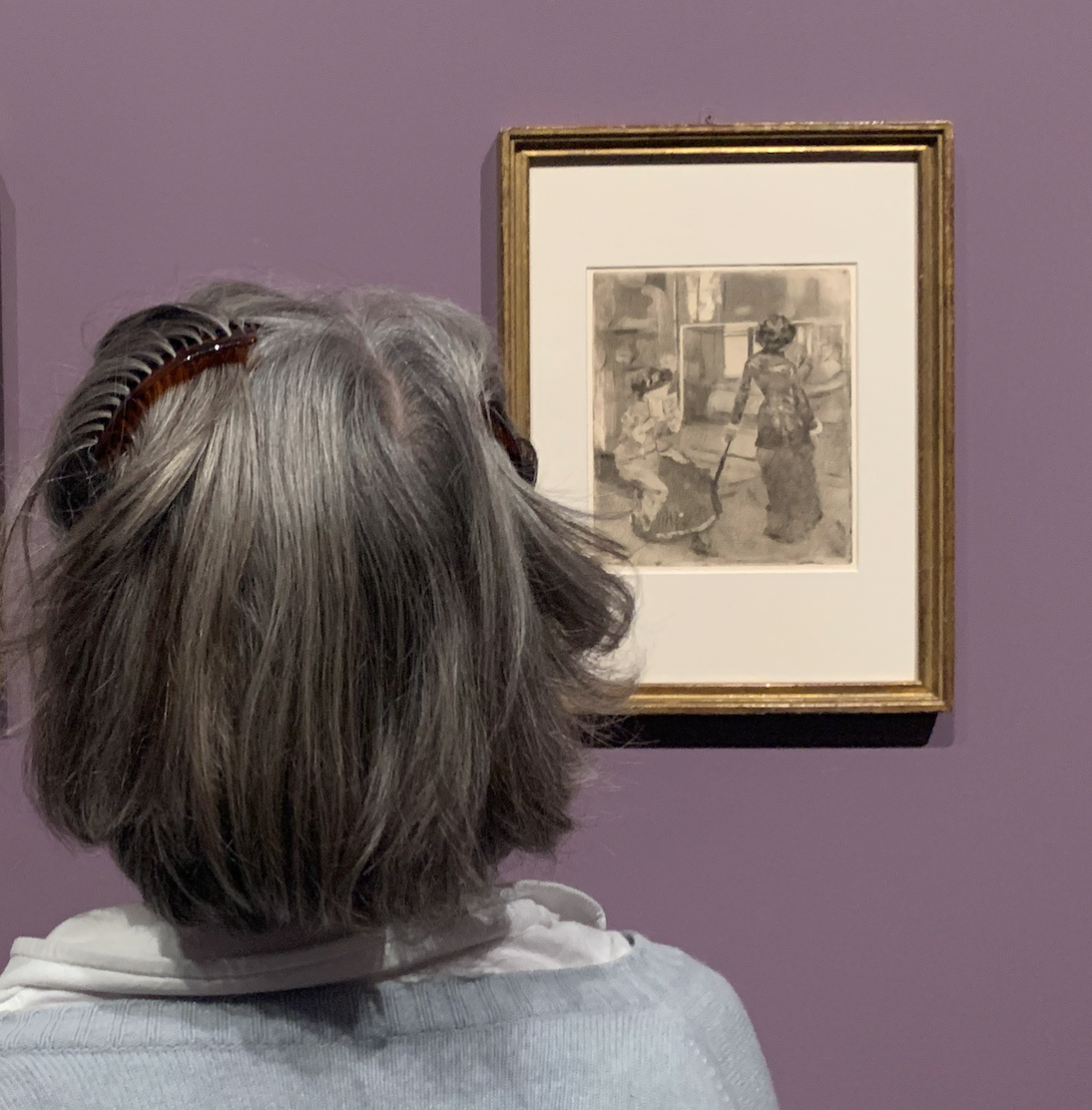

The Louvre in New York
My Louvre by Antoine Compagnon

The Louvre in New York
This time, I’m in New York. But, as in Tokyo, as in Montalcino, I haven’t escaped from the Louvre. Finding myself at the Met’s Manet/Degas exhibition, which I visited at the Musée d’Orsay earlier this year, I see once more Degas’ peculiar etchings of Mary Cassatt at the Louvre, leaning on her umbrella in the Grande Galerie and in the Galerie Etrusque before the Sarcophagus of the Spouses from Cerveteri. I like these prints. Mary Cassatt’s sister, sitting on a bench and apparently nearsighted, consults a booklet. This reminds us how one visited the Louvre in the nineteenth century, always with booklet in hand, before the works were identified by labels. And it falls perfectly, since I had in mind to speak one day of the Sarcophagus of the Spouses from Cerveteri, intertwined in “eternal rest” under Cy Tombly’s sky in the newly restored Salle des Bronzes (Sully, room 663). Mary Cassatt is seen from the back. Without the label, you wouldn’t have the least idea who the model was. A woman (full disclosure, my sister-in-law) looks at Degas’ etching. I snapped her picture from the back, like Mary Cassatt.